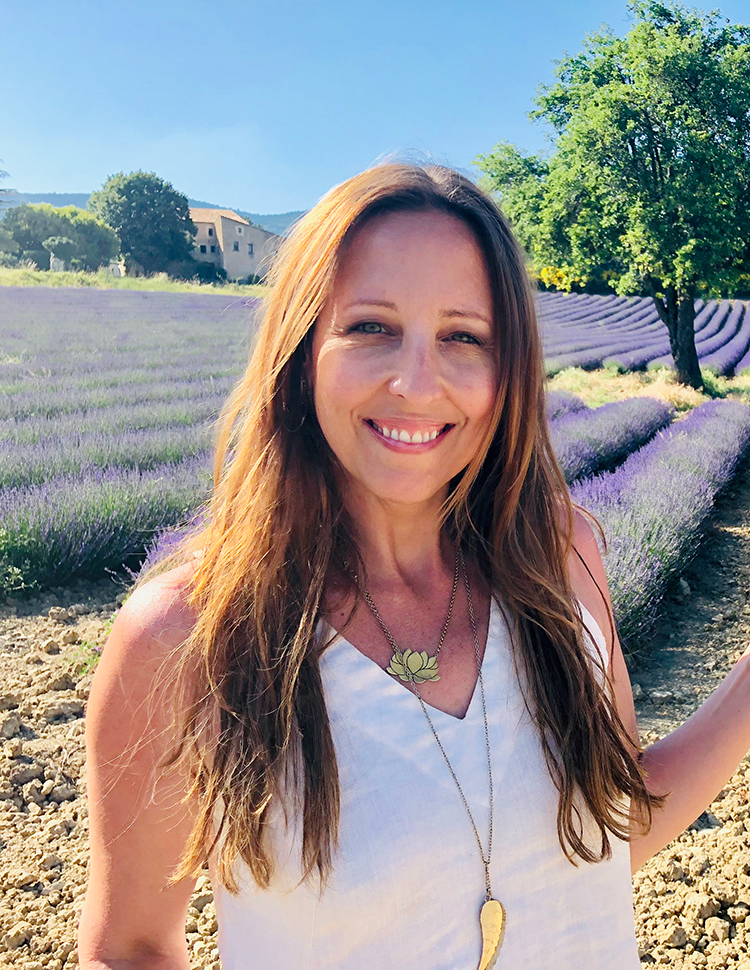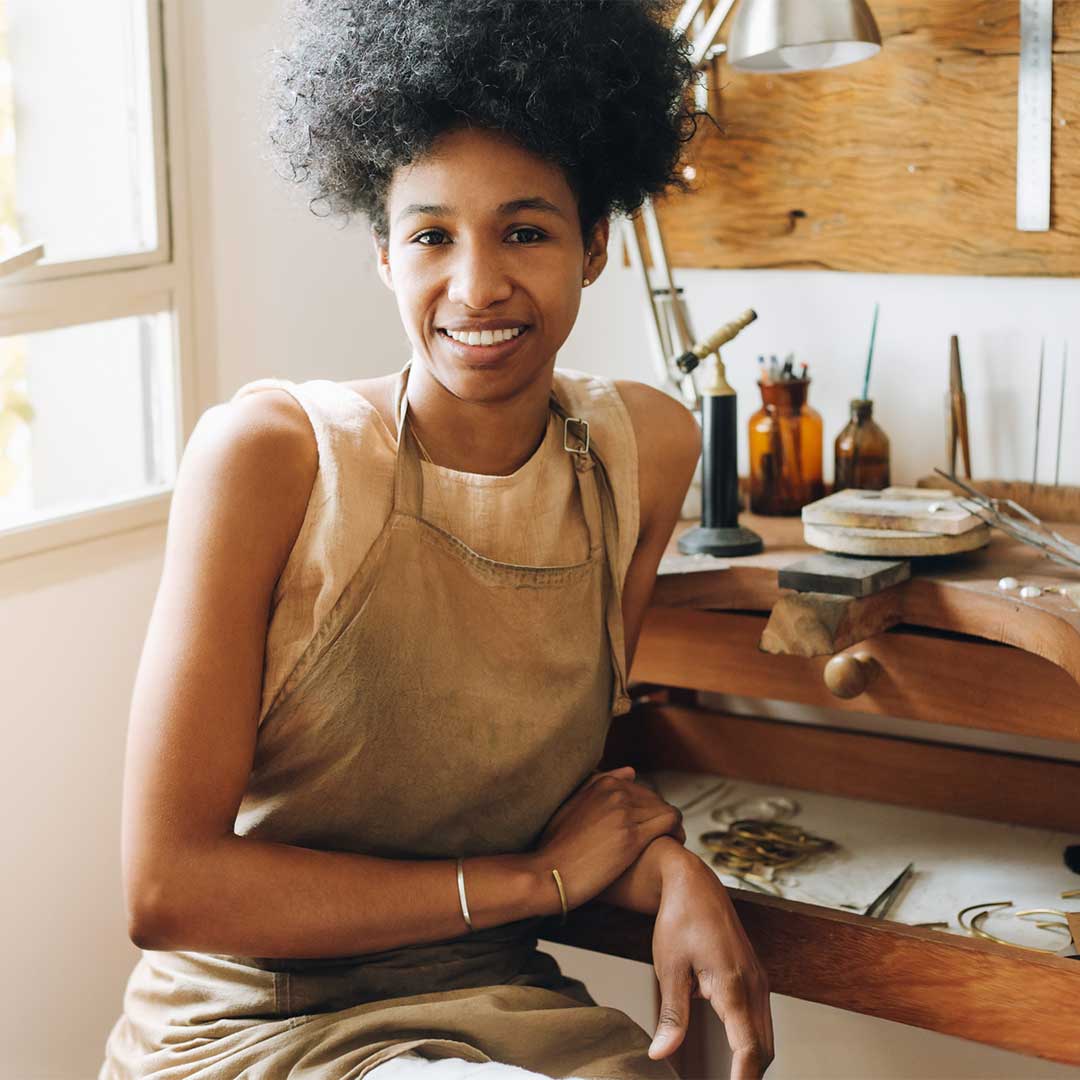
Mindful & Creative Environments
Whatever your challenges, hidden fears, or deep-rooted issues might be, I will clearly see them manifested in your space. It’s my job. I’ve been a holistic Feng Shui consultant for eighteen years, consulted on hundreds of spaces and have never seen a space where this didn’t hold true. I am also the owner of The Holistic Home Company, so I often have my hands in cement and raw crystals and thrive in an environment that can be sloppy, disorganized and supremely creative. Both of these vocations have helped me hone my skills in helping others construct a creative environment that is mindful, efficient, inspiring and allows the best to unfold.
Our spaces tell our stories. They showcase what we present to the world and also what we hide. The most effective transformations, both inside and out, happen when you are willing to roll up your sleeves, look deeper beneath the surface and earnestly make the connections between self and space. Simply put, your space should elevate you, emotionally, physically, mentally and spiritually. Learn how to spot the concealed stumbling blocks that might be impeding inventiveness and lessening your creative mojo.
Subconscious Symbolism
When I’m doing a client consultation for someone who can’t sleep, I may find that the bedroom contains artwork with fast moving imagery, it’s decorated with bright fiery tones or the bedside table houses a to-do list and a stack of unread books. They might lie in bed and stare at workout equipment that serves as a throbbing reminder of exercise they did or guilt because they didn’t. These active reminders can subliminally layer up to undermine the goal of a peaceful slumber. When it comes to the space where you create, symbolism is one of the most important factors to examine in your surroundings. Imagery is the artist’s benchmark for creation. Whether blatant or subliminal, if the imagery you have around you is not supportive to your goals, it will have a significant impact on your state of mind, as well as, the items you create.
A client who is a ceramicist surrounded herself in her studio with what she referred to as all of her “fails.” She couldn’t sell them, didn’t want to give them away but felt she would suffer tremendous guilt in tossing them. The energy of insulating yourself with items that you deem disappointments are not conducive to profound growth, increased confidence or personal fulfillment. The first step is to change your perception. Instead of looking at these imperfect items as your metric for failure, learn to see them as valuable opportunities for growth that led you to where you are today. There is no way you can grow creatively without failures so learn to herald your fiascos. It’s okay to keep a few of these blunders as reminders of how they were guideposts to ironing out the kinks and honing your craft but let go of any amount that is in excess.
When you examine your workspace, does it not only represent you but also your desired trajectory of where you like to be? If you want to build your reputation or increase your commerce goals, your logo should be prominently displayed in your studio. It’s similar to making your bed every day; it sets the tone for a prepared day. Your logo is a representation of you; your hands, your work, your philosophy, your goods. So, display this statement of your labor with pride and let this symbol shine like a beacon of inspiration over you.
If you don’t have a company name or logo, hang an image that represents your best work or simply use your name. Illuminate it with proper lighting, honor it and keep it clean. If you have any mirrors in your space, examine what they are reflecting. Is it a beautiful view that lets in more light, or a stack of bills? Mirrors double that image so make sure yours amplify the positive. If needed, bring in vibrant, thriving life forces, like a hearty plant or beautiful flowers that are a part of the reflected scene. Just because your creative space is where you work, it doesn’t mean that is should be a sterile environment.
Examine all the actions that you take in your space, starting from the door. Is it hard to open? Struggling with a simple, daily task should not be hard. The energy of exerting such unnecessary effort begets itself over time and before you know it, you feel exasperated just walking into your studio, and you don’t know why–the broken chair you feel obligated to keep but you haven’t fixed in years? It’s time to let it go. Tend to any repairs or replacements as soon as possible. Holding onto items that no longer serve you are not doing your psyche any good.
Organization
Orderliness can be the antithesis to creativity for many. But, deep down, we all know that being organized is essential for an efficient workflow. It lessens both the feeling of being overwhelmed, as well as, the wasted time looking for things. On the other hand, creativity also thrives in an environment without rules, preconceived notions or confines. So, what’s the solution? The key is having the yin and yang of both. It’s about a fluid balance that ebbs and flows as needed. An example is having a checklist and having creative chaos. The left-brain driven checklist provides a system of order and preparedness. The right brain creative mess provides the milieu for ingenuity to thrive.
You can achieve the best of both worlds by first creating a systemized environment that enables an elevated level of productivity with less stress. Use a daily checklist for priorities. Create zones for your workspace that are divided into tasks, keep an accurate inventory of materials and judiciously edit out what is no longer needed. After that is set, it is equally important to know when to ditch the list because your creative juices are flowing, and it’s vital to stay in the groove. It’s about having a flexible mindset to not obsess over that messy desk and to let go of perfectionism. The balance enters when you realize when to switch gears between the two. One effective practice is to keep the tidying up to a routine at the end of the day; a general clean sweep, no longer than fifteen minutes, that puts most items back in their place and clears all surfaces. The takeaway here is striving for both discipline and fluidity, which within itself, is the bliss of balance. This allows you to completely focus in order to be your most creative self.
Five Tips to Create a Mindful Workspace
1. If you have a favorite or often used tool in your creative process that you can’t live without, try to upgrade where you put it. Whether that’s a special peg for your favorite scissors, a distinct box for your go-to paintbrush, or a beautiful hook for your potter’s wire, when you create a designated place to contain your cherished objects you are honoring that item, and its meaning in your work.
2. Just as you would clean the dirt, grease and grime of your workspace, you should also periodically cleanse the atmosphere of your studio. One way you can do this is by burning sage. Light one end and allow the smoke to waft around as you walk through your space while visualizing a vibrant, healthy, inspiring area that fosters creativity. Visualize shedding any creative blocks, self-doubt or negative feelings as you envision your goals for the space coming to fruition.
3. Designate one object that serves as a reminder to take a breath, slow down and be in the moment. Keep this prominently displayed and get into the habit of connecting with its meaning every time you look at it.
4. Begin your creative time in your space with a ritual, dovetailed with an intention. It can be washing your hands beforehand while visualizing you are releasing anything negative, lighting a candle while setting an intent, wearing the same apron that sets the tone for dedicated creating or taking three deep, long breaths when you enter your space. Find a routine that feels right to you and stick with it.
5. Truly being in the moment is when mindfulness unfolds. Minimize your distractions, such as your cell phone on message alert or easy access to emails. When you are immersed in creating, allow your senses to experience each moment fully. Take delight in each finished project as much as satisfaction in the lessons of your mistakes. Find a rhythm in your work, whether that is a repeated motion while weaving or a random pattern while painting. You’ll know when you are experiencing this glorious flow of creativity when you look up from your work and time has flown by.

Fear crushes creativity. It’s the villainous immobilizer in the movie of your life. It’s impossible to be in a flow of creativity while immersed in fear. The good news is that fear makes an appearance quite distinctly in your space. Once you identify the physical connections that are manifesting in your space and make the appropriate changes, a shift will occur. It really can be that simple to take down this menacing monster.
Heightening awareness of the connection between yourself and your space is the beginning of the process. It takes work to look at your space in a new way. Try to pretend you’re a first time visitor or invite a trusted friend whose fresh eyes can help you question your space in its entirety. Is the layout the most efficient? Is it better that your materials be organized by color or by purpose? Is there an inspirational item that makes you pause and reflect? Why does clutter keep gathering in the same spot? What is the honest reason you are holding onto that lamp for years that you never even liked? Do you engage in rituals that support your creative goals?
When you get to the bottom of how you are dwelling, then familiarize yourself with these innate concepts and implement them on a routine basis, creating a mindful space gets easier and easier. These strategies will increase your sense of balance, surge your productivity and make your inspiration soar. And, that is the best you and your creativity could ask for in mind, body, spirit and space.
Three Surefire Ways to deal with Creative Blocks
1. Move or clean. Movement nudges stagnation out of the way. Get out of the studio: walk the dog, do jumping jacks or clear off a surface. A mind that has been jostled by action and surrounded by clear planes is the ideal receiver for creativity.
2. Physically change your perspective. Move your desk or worktable for a different point of view. The fresh view will unlock new ways of thinking because you are literally looking from a different standpoint. If you can’t reposition your desk, move your chair to a totally different area. Physically changing your position helps you mentally do the same.
3. Think of aromatherapy as a tool to give your subconscious a directive. Using a diffuser is the most effective way to permeate your atmosphere with essential oils. Citrus scents like orange, grapefruit and lemon are uplifting and revitalizing. Rosemary is proven to enhance memory and recall. Lavender relaxes and reduces stress; peppermint combats fatigue; jasmine boosts confidence, and clary sage helps create balance. Reflect on what is needed for the day and diffuse what supports your end goal. Imbuing your space with a subliminal command that mirrors your intention will make the results more effective.







